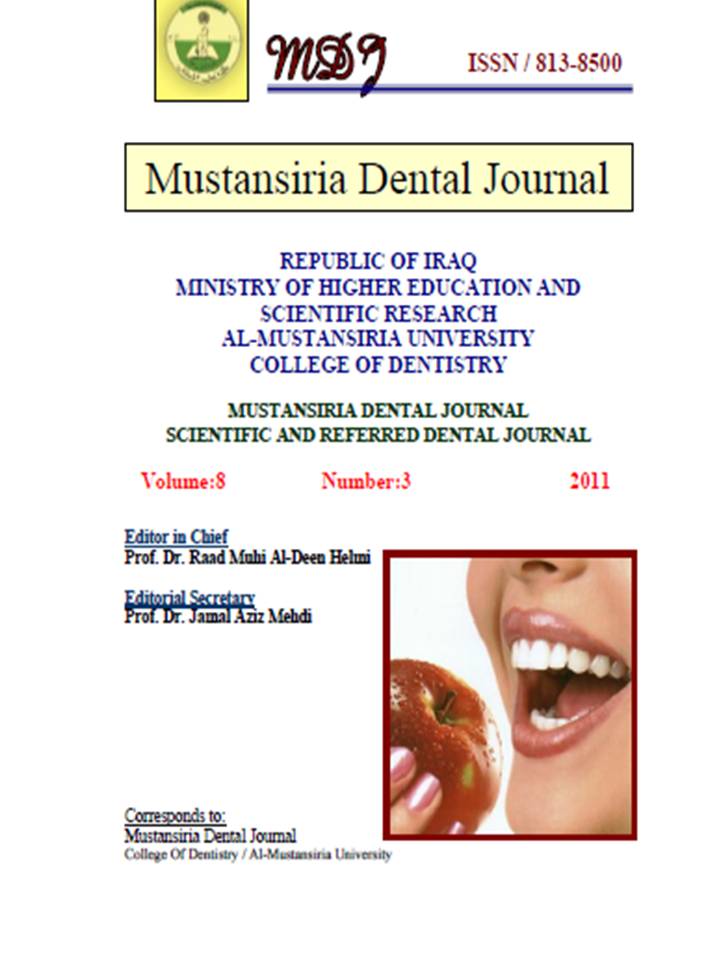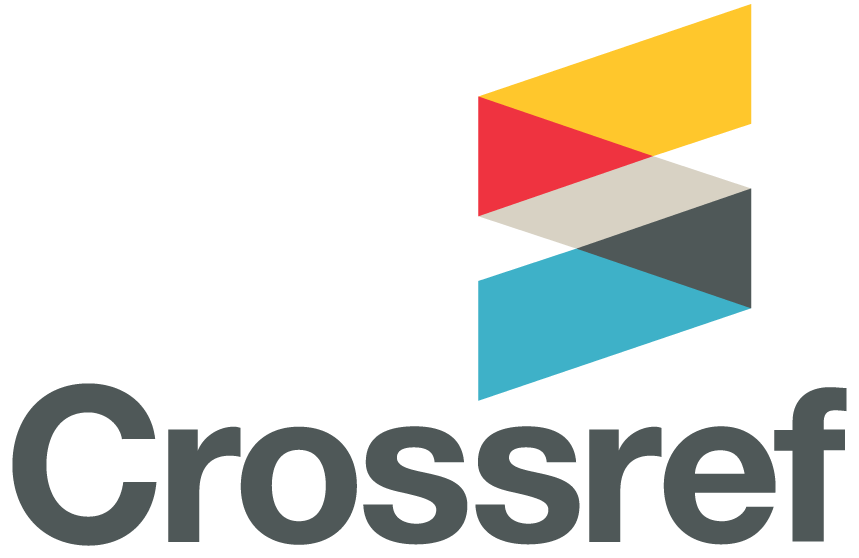Evaluation of enamel surface damage after debonding using three different pliers "An in vitro study"
DOI:
https://doi.org/10.32828/mdj.v8i3.341Keywords:
Key words: enamel surface damage; debonding; pliersAbstract
This study aims to compare the effectiveness of three different pliers in debonding
stainless steel and ceramic brackets, also to evaluate enamel surface damage and the
site of bond failure after debonding.
Sixty premolars, extracted for orthodontic purposes, were divided into 3 groups of
20. The enamel surfaces were examined with 10X magnifying lens. Two types of
bracket (stainless steel and ceramic) was bonded and debonded in each group using:
conventional debonding pliers, bracket removal pliers, and ligature wire cutter. After
debonding, the enamel surfaces were inspected under a stereomicroscope to determine
the predominant site of bond failure. Then stereomicroscope was used to evaluate
enamel surface damage after the removal of residual adhesive.
The enamel surface damage showed a statistically significant difference in ceramic
bracket groups, whereas, it was statistically insignificant in stainless steel bracket
groups. The amount of the adhesive remained on the tooth surface was statistically
insignificant in both stainless steel and ceramic bracket groups. The predominant
failure site was within the adhesive itself for both types of brackets.
The enamel surface damage that results from debonding of ceramic brackets was
higher than that found with the stainless steel brackets especially with the use of
bracket removal pliers "used in this study"

Downloads
Published
Issue
Section
License
The Journal of Mustansiria Dental Journal is an open-access journal that all contents are free of charge. Articles of this journal are licensed under the terms of the Creative Commons Attribution International Public License CC-BY 4.0 (https://creativecommons.org/licenses/by/4.0/legalcode) that licensees are unrestrictly allowed to search, download, share, distribute, print, or link to the full texts of the articles, crawl them for indexing and reproduce any medium of the articles provided that they give the author(s) proper credits (citation). The journal allows the author(s) to retain the copyright of their published article.
Creative Commons-Attribution (BY)








